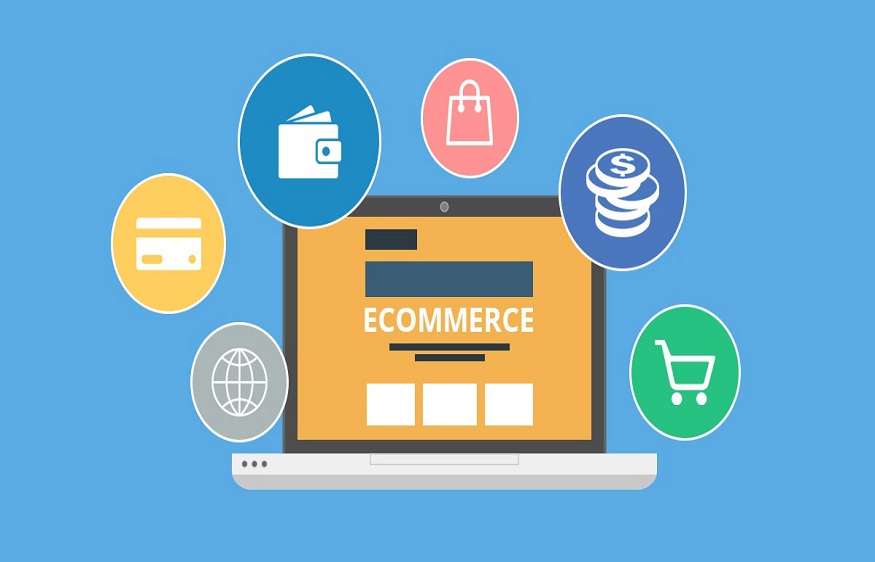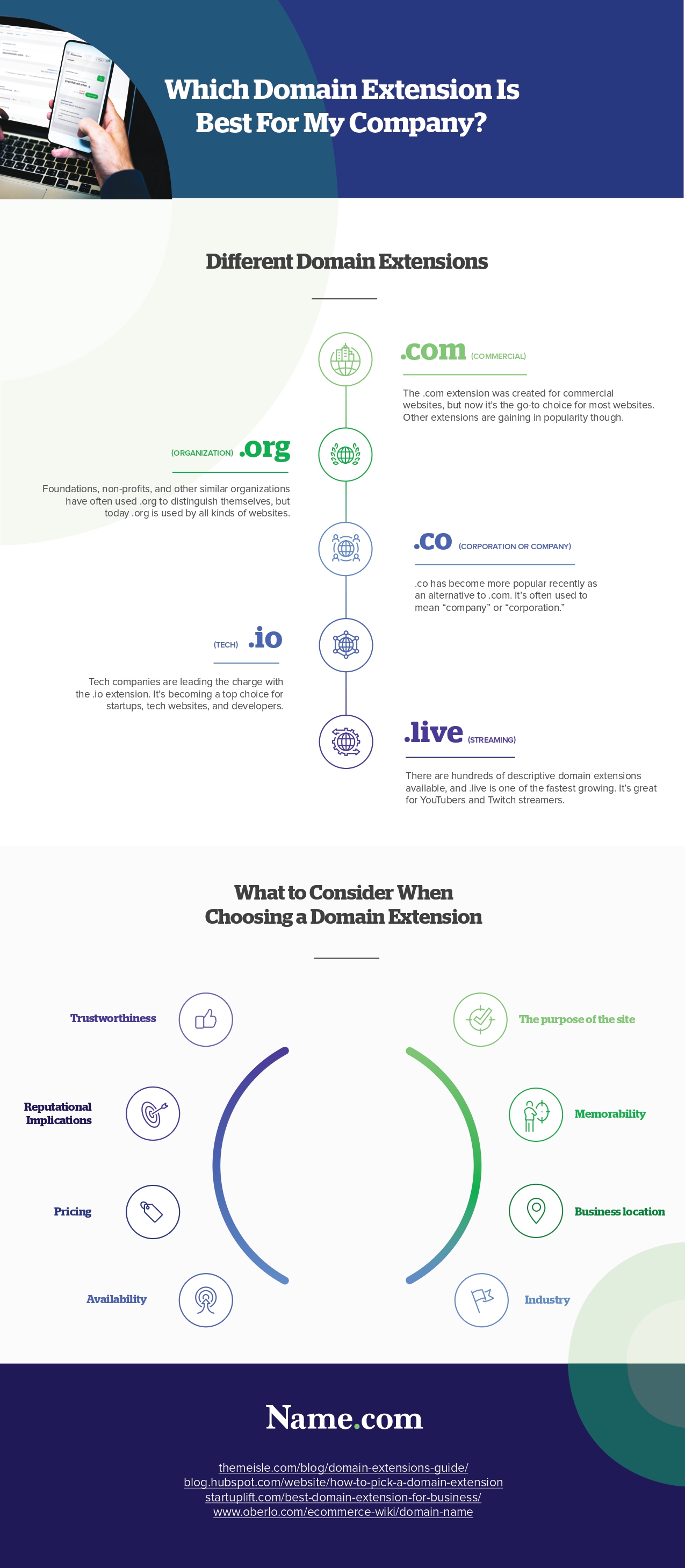
The destiny of e-commerce is promising. But launching an eCommerce company is hard work and requires numerous processes and choices that need to come together at the correct moment. To assist, we’ve put up a thorough blueprint for establishing a company built from Shopify’s most popular material.
These blog pieces, tips, and videos have been categorized based on the most significant responsibilities you’ll confront while researching, developing, and building a lucrative eCommerce company.
Explore E-commerce Revenue Streams
The first step is to begin your research. Don’t rely on a hunch to make decisions. An internet business’s growth requires a commitment of time and money. Rather than seeing it as a joke, take it seriously.
A corporate structure that works for one company won’t always work for another. There is much more to the company than simply selling software, digital items, and physical things.
Understanding the many business strategies accessible is a prerequisite to deciding what to offer online. Your company structure will be affected in a significant way by this. In this Ecommerce Business Blueprint course, we will help you find this out.
Drop-shipping and print on demand are good options if you want to make money without handling your goods or making a significant initial investment. You’ll have to put in more money upfront and deal with the wholesale or warehousing (retail) business model.
A great eCommerce business idea is the ideal product concept or a beloved item you wish you could offer under your brand. Do some research on white labeling and production options? If you want to keep your clients coming back for more, you may offer subscriptions, where you hand-pick a certain product or goods to be sent at regular intervals.
You may use affiliate marketing to boost sales of a certain product category, which interests me the most. If you have a certain product in mind, you may manage the content marketing and branding while focusing your efforts on monetizing visitors.
Validate Product and Market Concepts
You may be tempted to start looking for things to sell now that you’ve found a niche and a business concept. Don’t. Start with personas before you consider product concepts. If you don’t know who you’re selling to, you can’t expect people to purchase your goods.
What do you want to know about me? What message does the shop convey? Are you targeting the right customers? Consistent branding is essential (a journey that starts with your brand name).
Companies that start selling conventional fertilizer alongside their organic seed won’t be in business for very long. The search for your ideal customers is made much simpler by Facebook.
Make a list of the total number of individuals you can reach. It is possible to gather demographics and specific data by drilling down.
Infographic Created By Name.com, A Leader of Google Workspace Subscription Offerings
Create a Business Name & Trademark for Your Online Store
Start-ups that connect with their persona are more likely to be successful. It is simpler to develop an online brand if you know who you are. Avoid girly colors and pictures if you’re targeting corporate businesswomen interested in living a more sustainable lifestyle.
However, there are certain fundamental actions you’ll need to complete before you set up your business and begin establishing a brand. Register your ecommerce business using the name you’ve selected.
Don’t skip incorporation since it provides legal and fiscal advantages. Your website’s name doesn’t have to be identical to your company’s legal name, although it does have advantages if they are.
You don’t want to select a brand name at the last minute, so be sure whatever you choose suits your specialty. Check whether the logo is already in use by a competitor in your market. However, originality isn’t a must for successful logo design.
Building the Online Store
It’s important to register your domain name and any redirect URLs once you become an eCommerce company owner. When you eventually create an online store, you’ll need the design information you decided on in the previous stage.
Your eCommerce software must be compatible with whatever design you choose. For e-commerce, there are hundreds of different shopping cart systems to choose from. Finding the best eCommerce software isn’t always straightforward.
Everything from the speed of loading to the features to the compatibility with various payment gateways to your company structure to your web developer’s talents to SEO-friendly elements must be considered.
An online business requires more than just adding your items and information to get started. Get email marketing and automation set up as a part of your strategy.
Conversions can only be achieved via email marketing. Set up discounts, thank you emails, and upsells so that you may convert visitors into customers. You must also consider client service.
Getting ready to go public
For the launch of your new firm and eCommerce website design there are several shipping and fulfillment components to consider. Identifying your shipping plan is a critical step to take.
For this reason, it’s also a good idea to identify your key performance indicators before you begin. Marketing your items is the next step once you’ve launched. Digital marketing relies on one thing: delivering targeted traffic.
Marketing Your E-Commerce Store to Boost Sales
Analyze the traffic patterns on your website. Are your product pages geared toward your ideal customer profile? Are you wasting time and money by ignoring prospective customers?
Fix the gaps in your sales funnel by thoroughly optimizing each page and taking a hard look at your product listings if you’re bringing visitors to your shop, but nothing is selling.
This work may be made easier with the aid of Google analytics. It is possible to monitor and optimize every phase of the sales process using various tools. Utilize them.
You may improve your brand’s visibility by working with merchants in your key categories, providing affiliate marketing alternatives, and improving the eCommerce website design. Alternatively, you might give bloggers in your target market a free sample of your product in return for a positive review.
When selling things on Amazon, one of the best ways to build customer trust and confidence is to get feedback from your customers. Your company’s contact information should be included on a card that comes with each product (email is enough unless you have a dedicated customer service phone line).
Final Thoughts
It’s both exhilarating and tough to start your e-commerce firm. Learning about product selection, feasibility, production, online shop construction, and marketing and selling to new clients may be done quickly. The procedure might seem like you’re working on a mind-boggling puzzle, but it’s satisfying. All anybody can tell you about starting a new project is to get started and enjoy the ride with More Customers App






